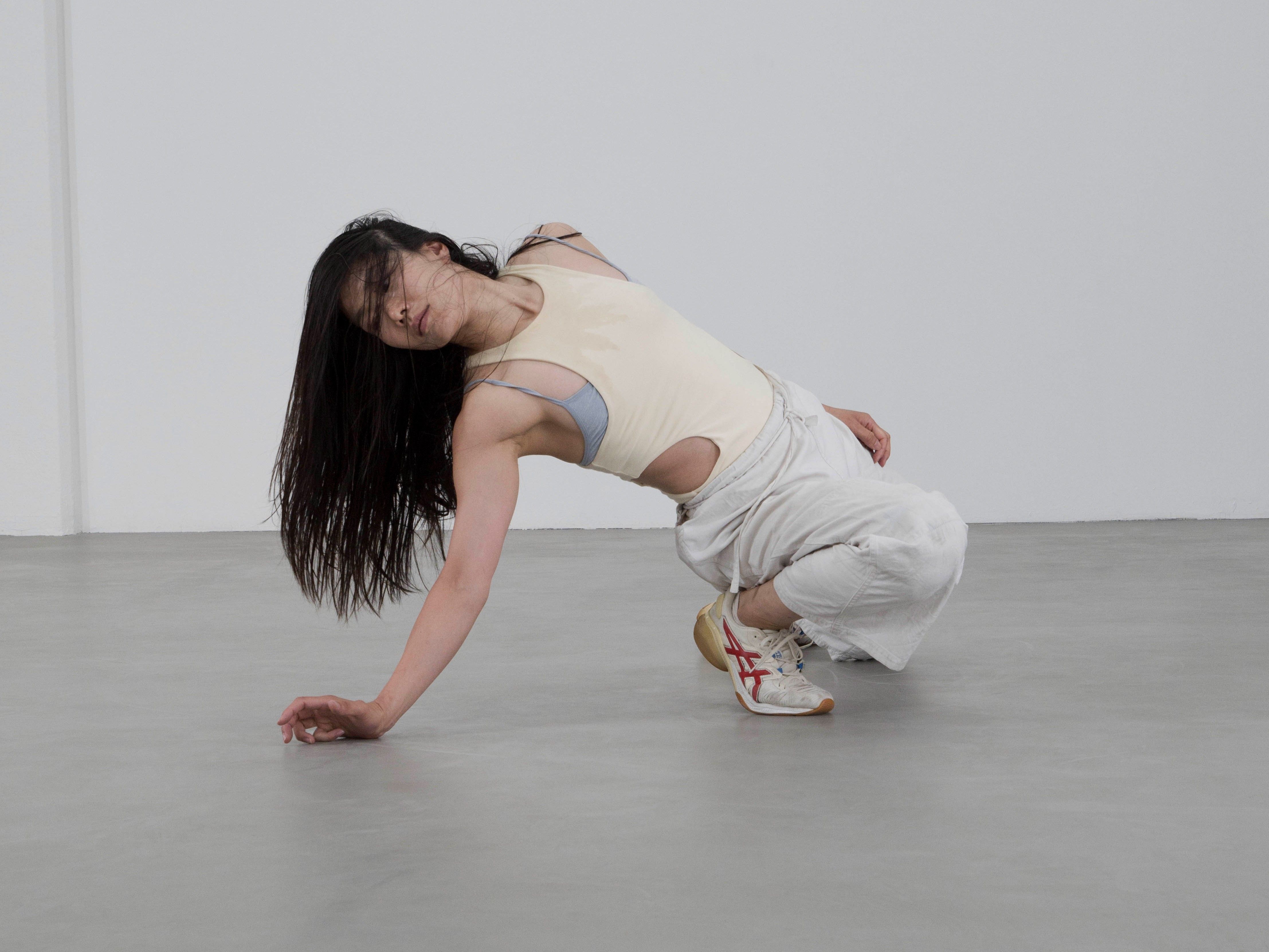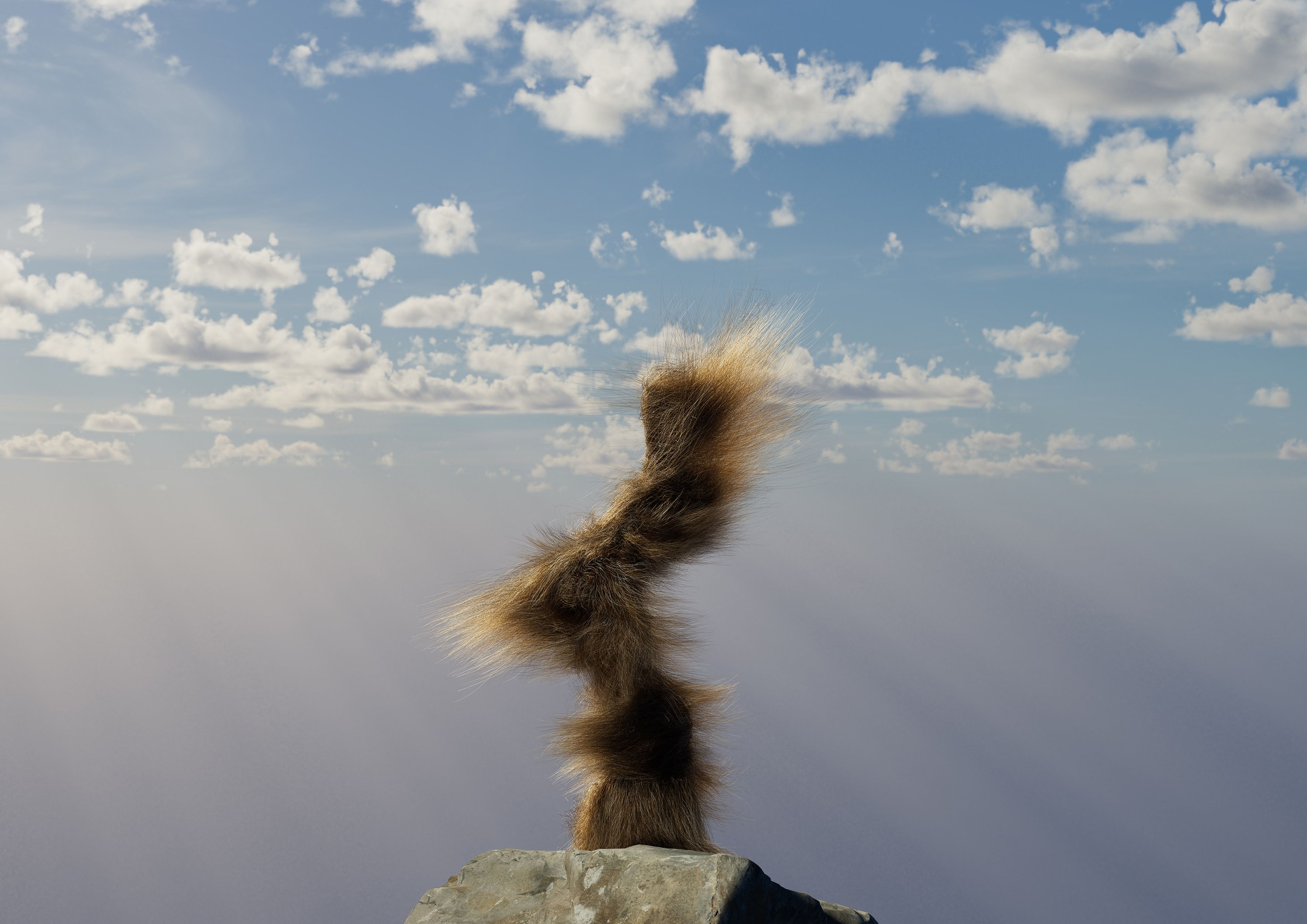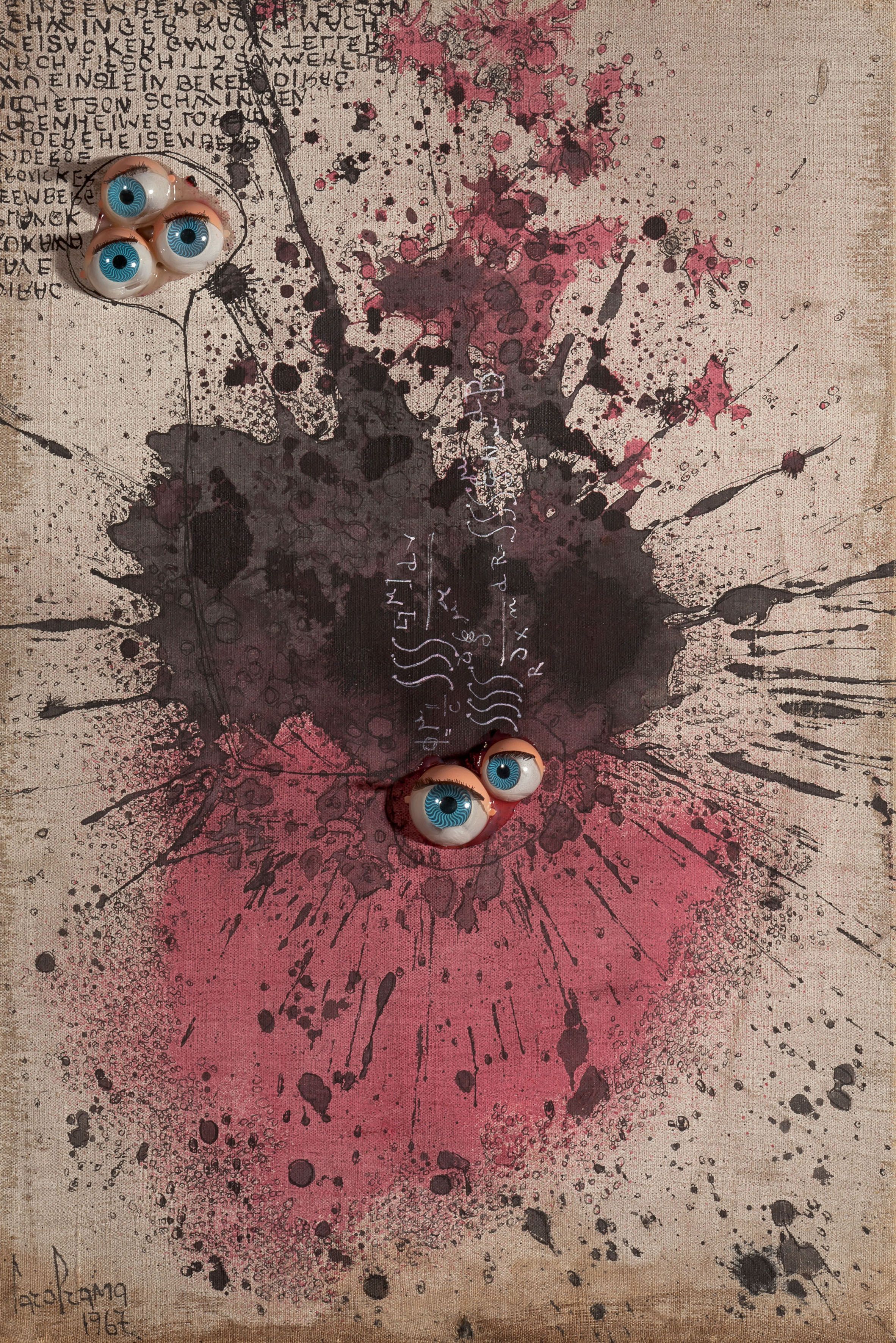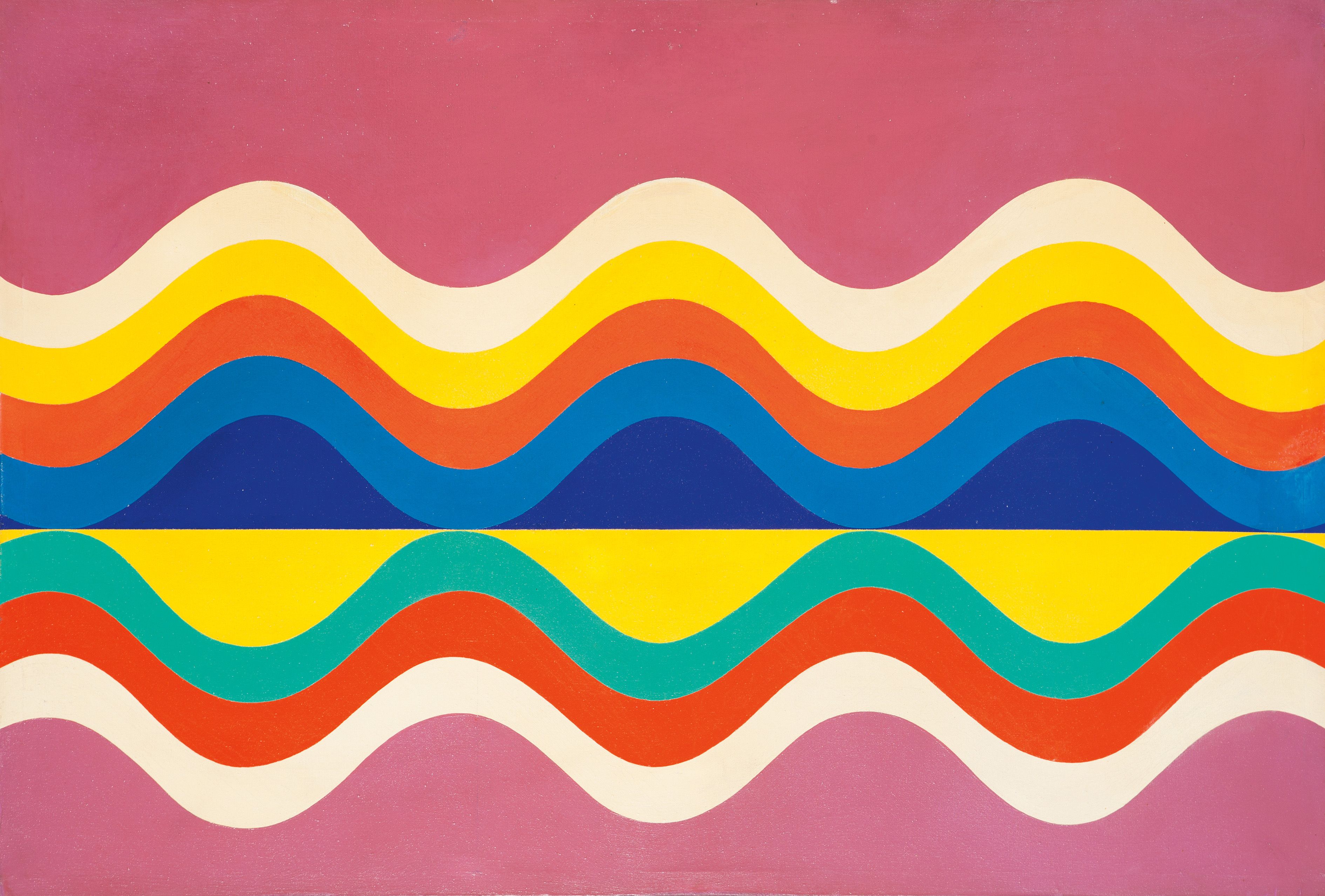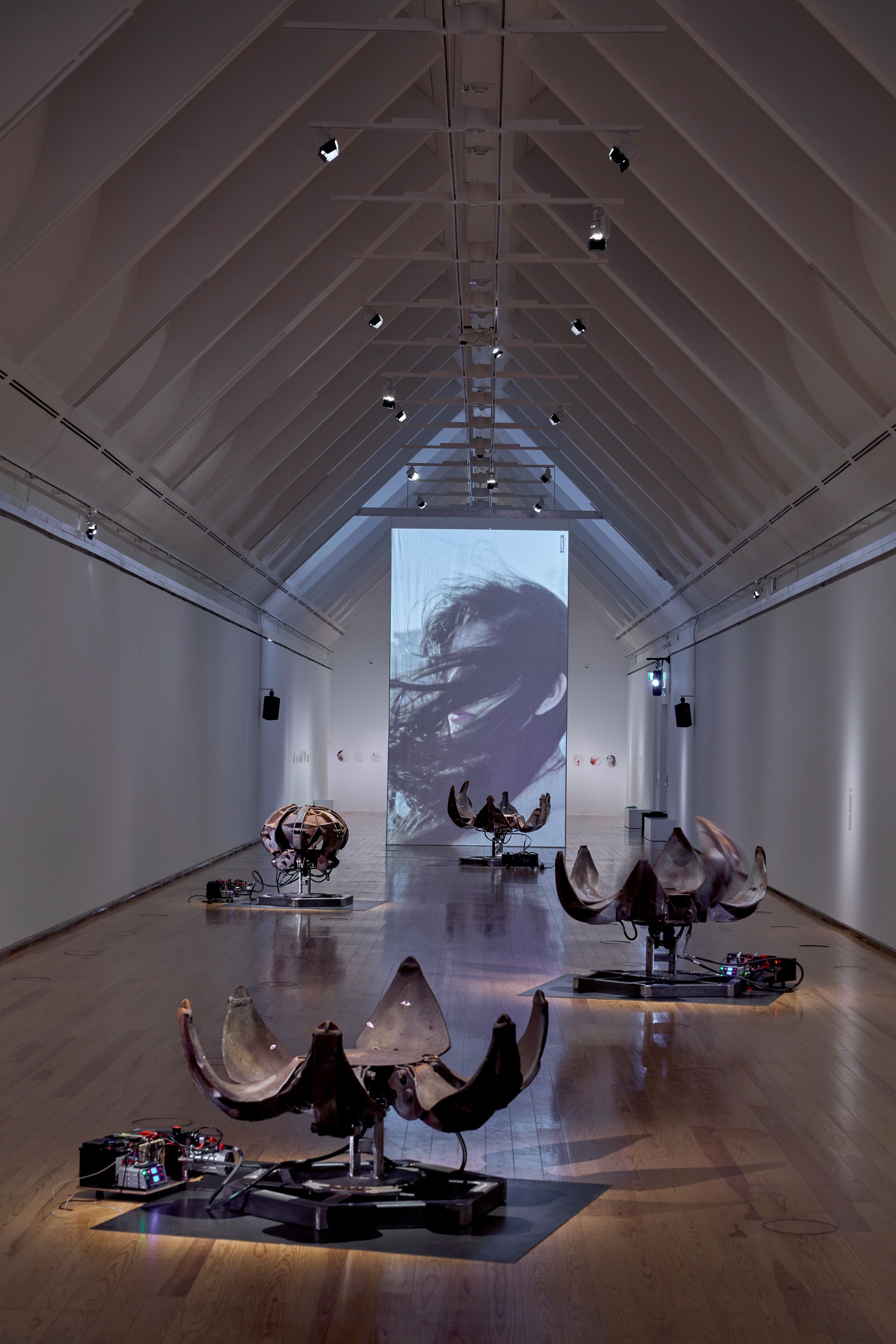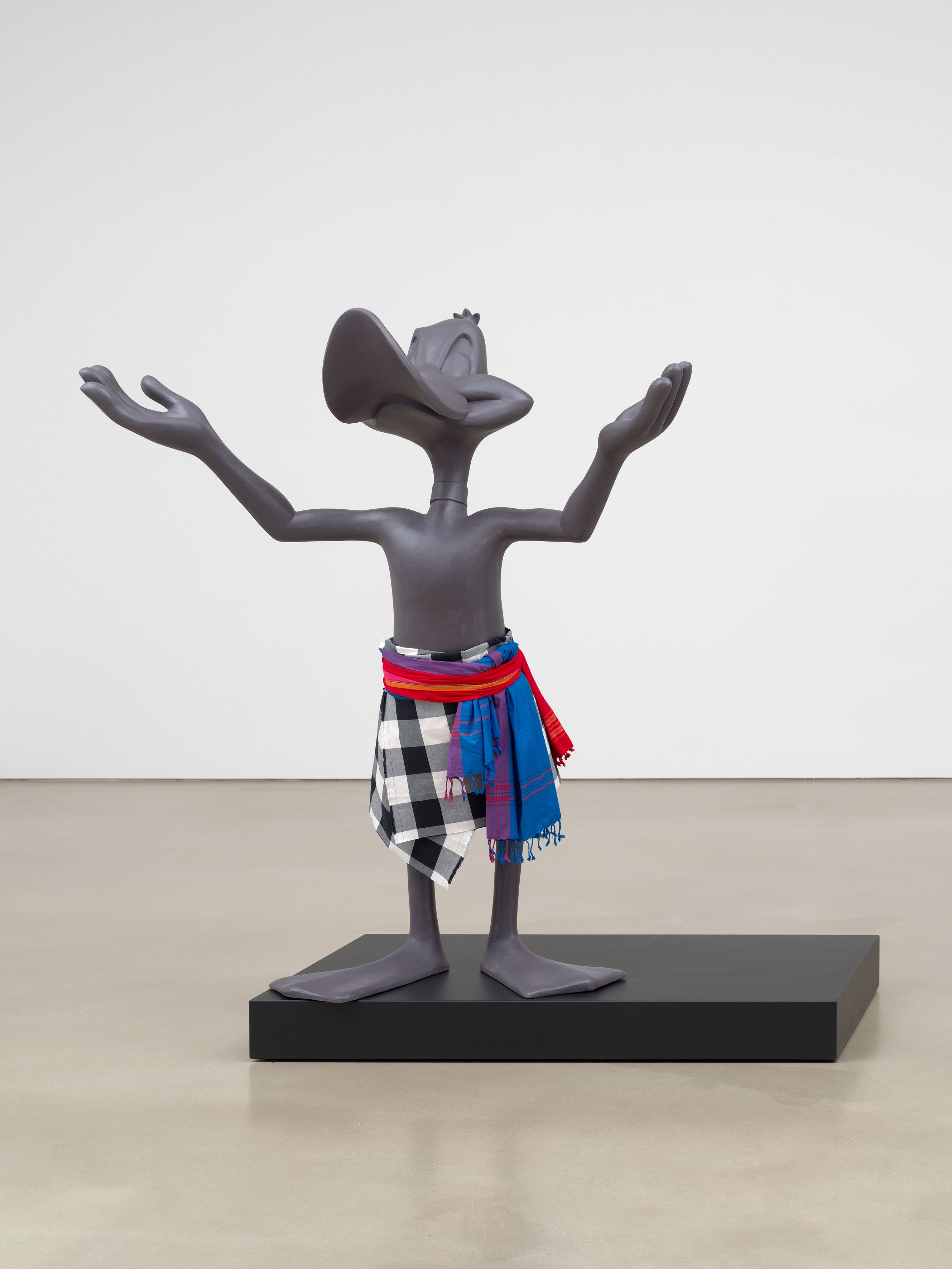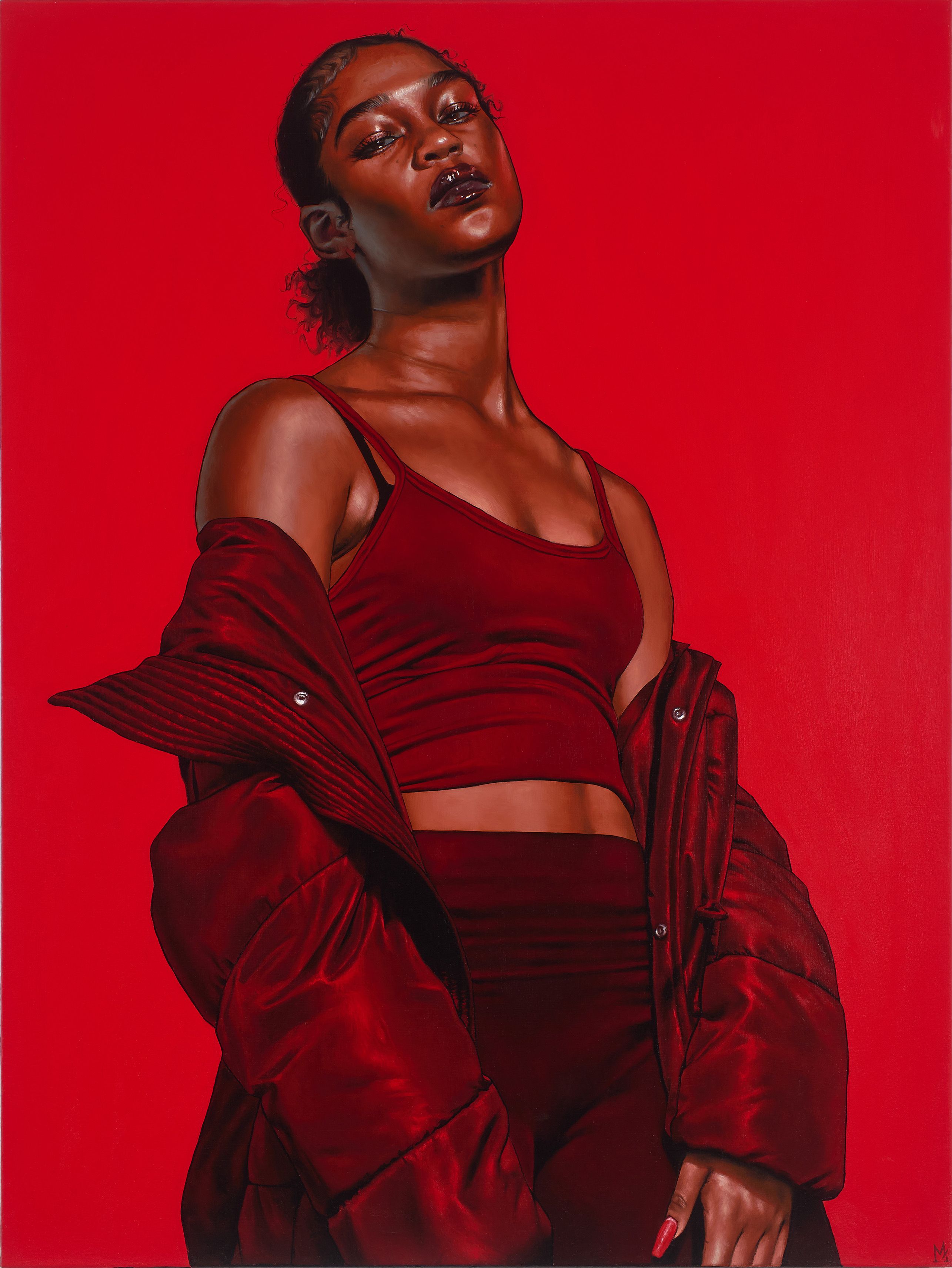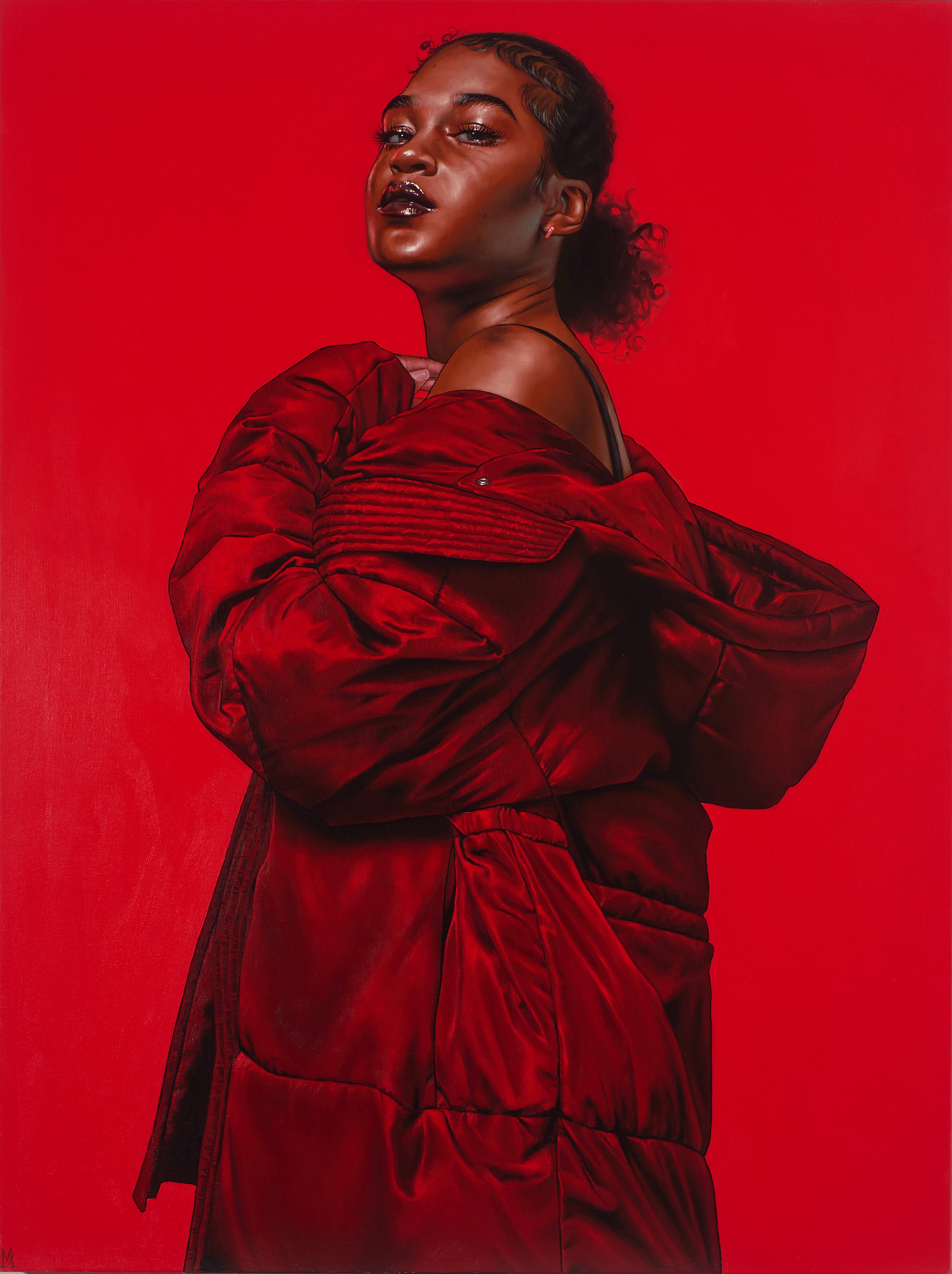World Transformers
The Art of the Outsiders
24 September 2010 – 9 January 2011
Römerberg
60311 Frankfurt, Germany
T. (+49) 69-29 98 82-0
F. (+49) 69-29 98 82-240
welcome@schirn.de
With its exhibition World Transformers. The Art of the Outsiders, on show from September 24, 2010 to January 9, 2011, the Schirn Kunsthalle Frankfurt focuses on a form of art unjustly neglected in recent decades. Tied to creative abilities, to psychic states that deviate from the “normal” to a greater or lesser extent, these artists, who are extraordinary in the literal sense, reveal in their works surprising, often unexpected things. They shed light on the limits and contradictions of human existence and convey a deep sense of disquiet about the relationships between reality and fantasy—and not just in the work of art.
Since the nineteenth century, the academic discourse has seen manifold terms aimed at summing up the both complex and varied phenomena. Thus, the word usage—spanning from Art brut, Self-taught Art, and Raw Art to Visionary Art, Folk Art, and Outsider Art—also tells a story of cultural boundaries, which are constantly redrawn. They are symptomatic of the different attitudes toward and rules of cultural manifestations. Last, not least, they also mirror how society fundamentally deals with its margins. Comprising a range of works from the nineteenth century to the present, the exhibition at the Schirn presents a paradigmatic series of spaces that offer themselves for an intense experience by impressively unfolding the individual worlds of the highlighted artists: A.C.M., Aloïse, Emery Blagdon, Henri Darger, Auguste Forestier, Madge Gill, Karl Junker, Friedrich Schröder-Sonnenstern, Judith Scott, Oskar Voll, August Walla, George Widener, Adolf Wölfli, and Birgit Ziegert.
“In the midst of the serene world of mental illness, modern man no longer communicates with the madman,” observed Michel Foucault. His retrospective view leaves no doubt that the structure of experiencing madness is closely tied to history, whose transformation determines how societies deal with their outsiders. The madman transgresses the boundaries of the bourgeois order. He is “like the limit of our society, but an abhorred limit, always suppressed, always cast out,” as the French philosopher Gilles Deleuze writes. There is no room any longer for the starry-eyed dreamers and the frenzied; for the poor lunatics, the Illuminati, and the visionaries.
Outsider Art is an expression coined by the British art critic Roger Cardinal in the early 1970s to characterize the production of art along and beyond cultural boundaries. There are other labels such as Art Brut (Jean Dubuffet), Artistry of the Mentally Ill (Hans Prinzhorn), Self-taught Art, Raw Art, Vernacular Art, Visionary Art, Folk Art, and Deviant Art, to mention only the most common of them. Such artists have recently also been called neurodiverse. Unlike the other common designations, Cardinal’s term Outsider Art, which some feel emphasizes too strongly the marginality of this art, does, however, make it possible to assess the works along both aesthetic and social lines. That is not without significance when dealing with an art that stands out not only for its form, but also and precisely for the special character of its production.
Without laying claim to providing a historical overview of the entirety of artistic expressions, the show at the Schirn Kunsthalle mirrors the various phases of the path described by these stances. There are the psychiatry patients: Adolf Wölfli, probably the most famous of them, Aloïse, and Auguste Forestier – all three classics of Art brut – or Oskar Voll, who is mentioned in Prinzhorn’s Artistry of the Mentally Ill. There are Emery Blagdon and Karl Junker, who in very different places at different times, were able to live out their visions relatively undisturbed on the margins of society. While Blagdon converted a shed into a “healing machine,” Junker subjected a whole house to his striving for form. There are the typical stories of discovery, such as that of Henry Darger, who led such a withdrawn life that his landlord was completely surprised to discover an incredible oeuvre in Darger’s one-room apartment after his death. There is Madge Gill, the working-class woman from London’s East End, who acted manically, traumatized, at the direction of a spirit; even today, much of her work has hardly been viewed. There is Friedrich Schröder-Sonnenstern, the court jester of society, if you will, a scandal-plagued provocateur, a grand conman, and a prince of painting of a very special kind; a pop star who maintained the Factory of Outsider Art and whose works have been collected by famous actors or the likes of Georges Pompidou. There is August Walla who not only turned his room into a Wagnerian gesamtkunstwerk but also incorporated nearly all of Gugging into his art. There are Judith Scott and Birgit Ziegert, both of whom were born with Down syndrome and found encouragement in two different creative centers. Judith Scott’s story sounds like a gruesome street ballad: only after vegetating away for years in various institutions, she discovered her path to a unique sculptural oeuvre in a modern creative center in California of the late twentieth century. Birgit Ziegert found a comparable place in the Atelier Goldstein in Frankfurt, which provides her with opportunities and space for her creative work. A.C.M. relies on today’s computer junk for the construction of his microworlds. And last, not least, there is George Widener, savant and genius with numbers and a phenomenal memory, a representative of the contemporary computing age.
What do these works reveal? An art that definitely incorporates both history and culture and conveys visions and inspirations beyond the normal, familiar, and ordinary. The outsiders’ transformed worlds will encourage viewers to leave the secure structures of their everyday lives behind.
DIRECTOR: Max Hollein
CURATOR: Dr. Martina Weinhart
OPENING HOURS: Tue, Fri–Sun, 10 am–7 pm; Wed and Thu, 10 am–10 pm
INFORMATION: www.schirn.de
PRESS CONTACT: Dorothea Apovnik, phone: (+49) 69 29 98 82-148, fax: (+49) 69 29 98 82-240, e-mail: dorothea.apovnik@schirn.de, www.schirn.de (texts, images, and films for download at PRESS)
Follow us on Twitter
Watch our videos on YouTube
Become our fan on Facebook
Subscribe to our newsletter
